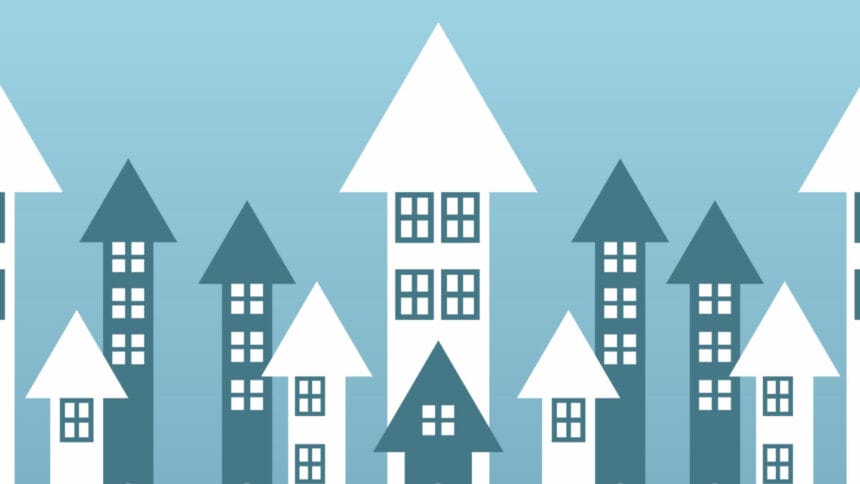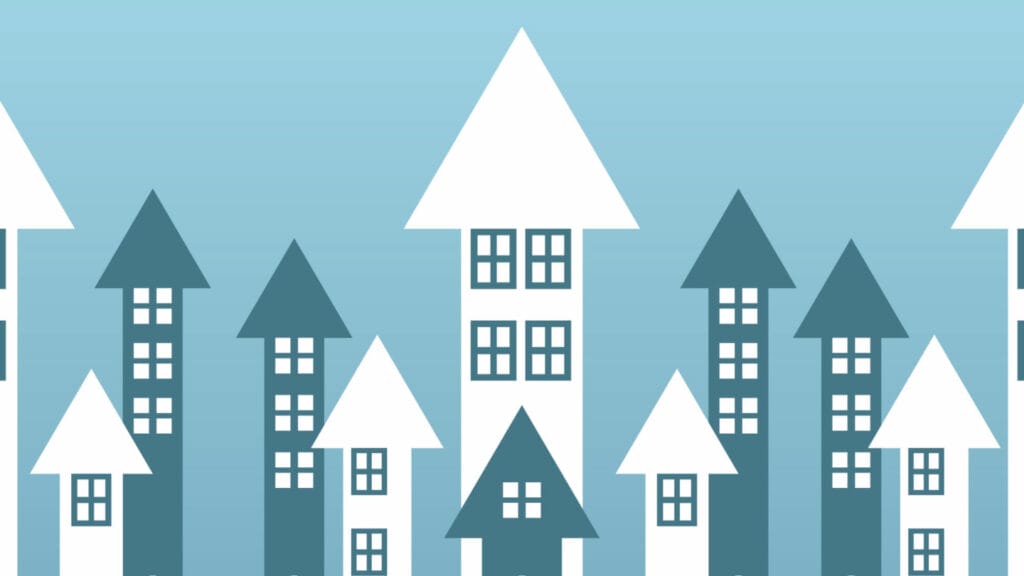

Developers behind a new veterans’ home are hoping the facility serves as a design model for how to accommodate “the personal technology ecosystem.”
As older adults are rapidly adopting technologies such as smartphones and wearable devices, senior living and care providers need to be increasingly sure that facilities have the infrastructure for those tools, such as sufficient wireless connectivity and charging outlets.
Preparedness also can include knowing which software and interoperable systems to use as well, as one report noted.
Engineers with the firm IMEG Corp., who helped build a new 138-bedroom veterans home in Augusta, ME, said that it is especially important for new senior housing projects to implement those innovations during the planning phase.
Although IMEG undoubtedly is using the Maine example to broadcast its own consulting abilities, it is important for senior living and care providers to make sure they are working with designers so they are not spending more money retrofitting new buildings for technology after the fact or scrambling to catch up with the latest trends.
The Maine veterans home has a gym equipped with virtual reality capabilities and other rehab tech tools, the developers touted.
Other senior housing buildings have taken on the “smart gym” design model, such as Blakeford Senior Life’s Nashville campus, which has equipment and software to help with personalized elderly fitness regimens, McKnight’s recently reported.
Although many senior living communities and other long-term care facilities boast impressive tools and devices, from cleaning robots to VR headsets, an important aspect of the current tech ecosystem to keep in mind is how many personal devices new senior living residents bring with them — and what they expect to be able to use, the IMEG developers note.
The senior living and care industry notoriously has been slow to adopt new technologies relative to other industries, many experts have pointed out. Only 30% of senior living organizations had upgraded their network systems over a five-year period, according to a report from 2022. Other accounts suggest that even when adopting new tech, many providers end up abandoning tools.
Not all providers have the resources available to design or implement these tools on their own; this is particularly true for nursing homes and other providers in rural settings.
Many healthcare leaders, and even President Biden, have raised this point and called for more investment in resources and technology for underserved older adult populations.


